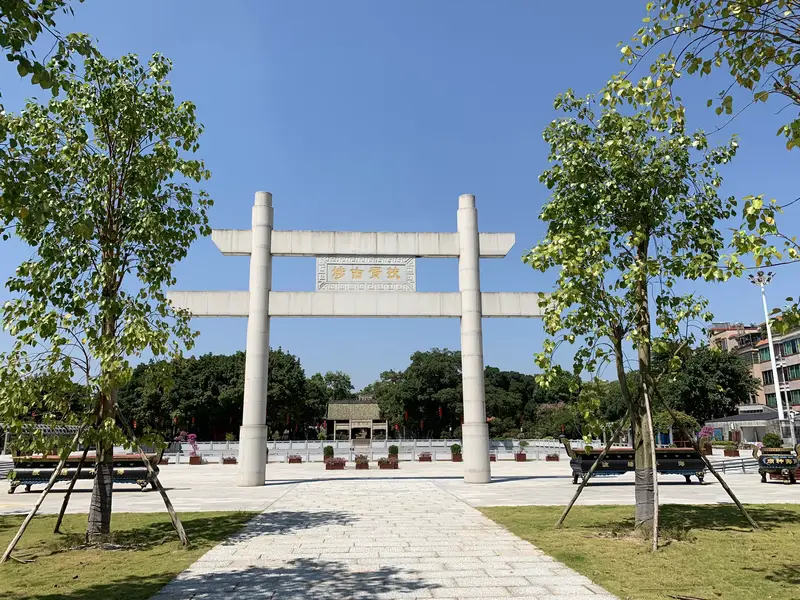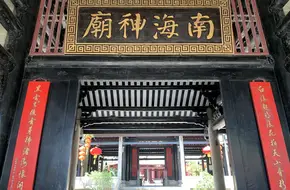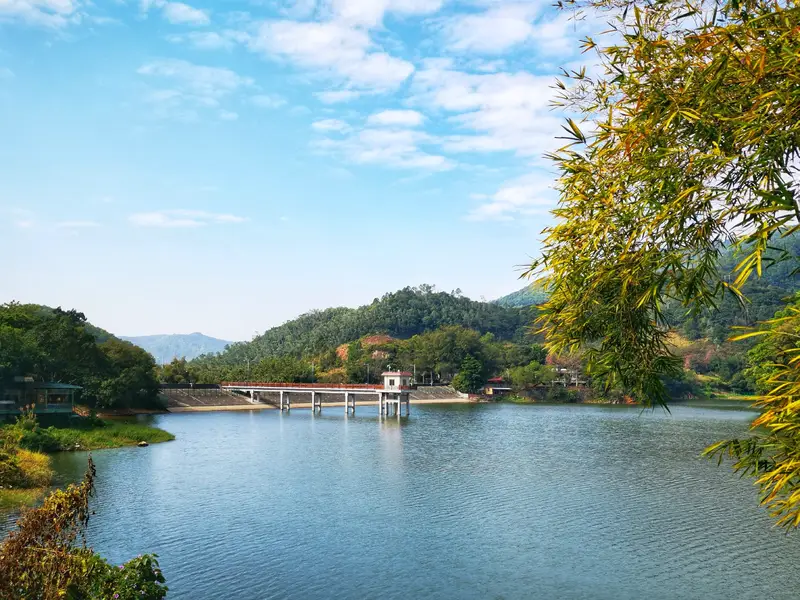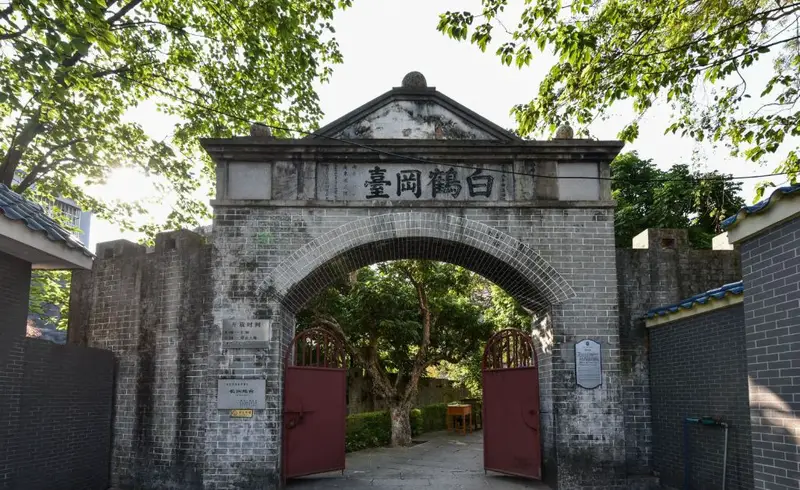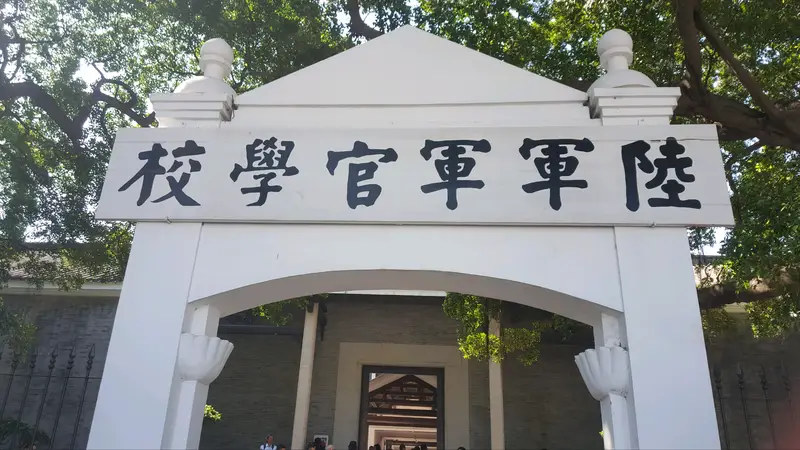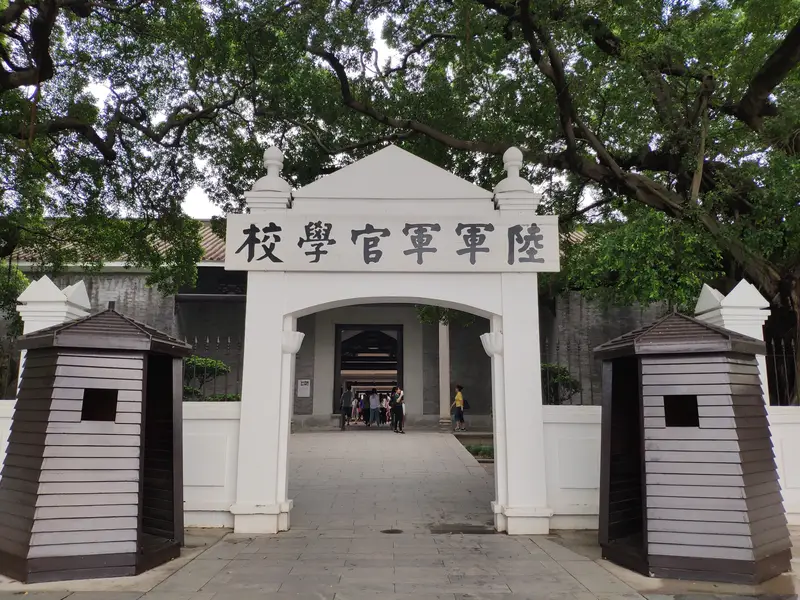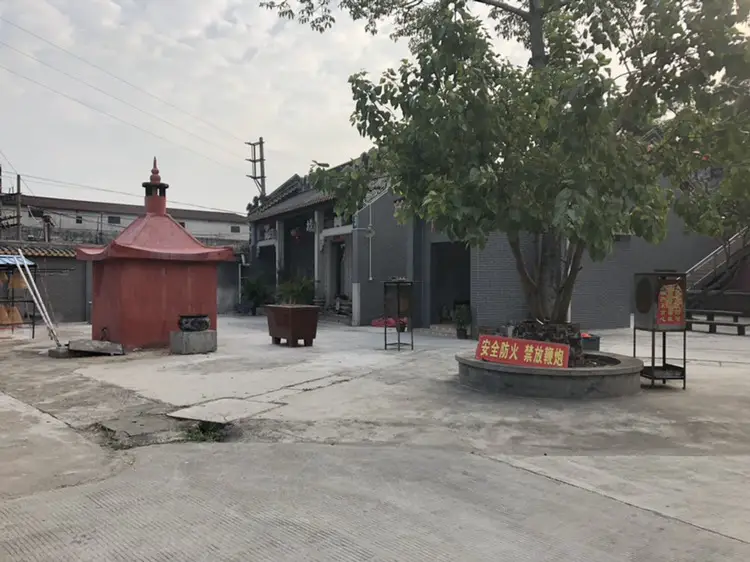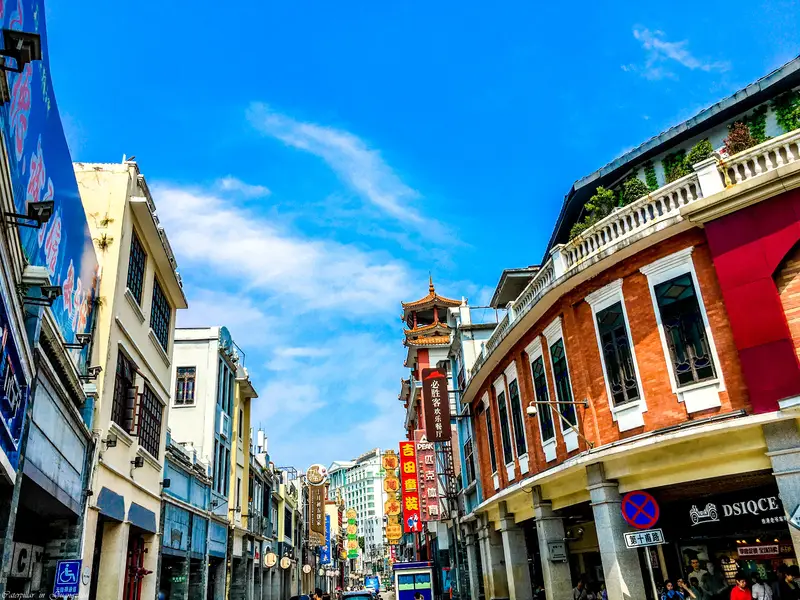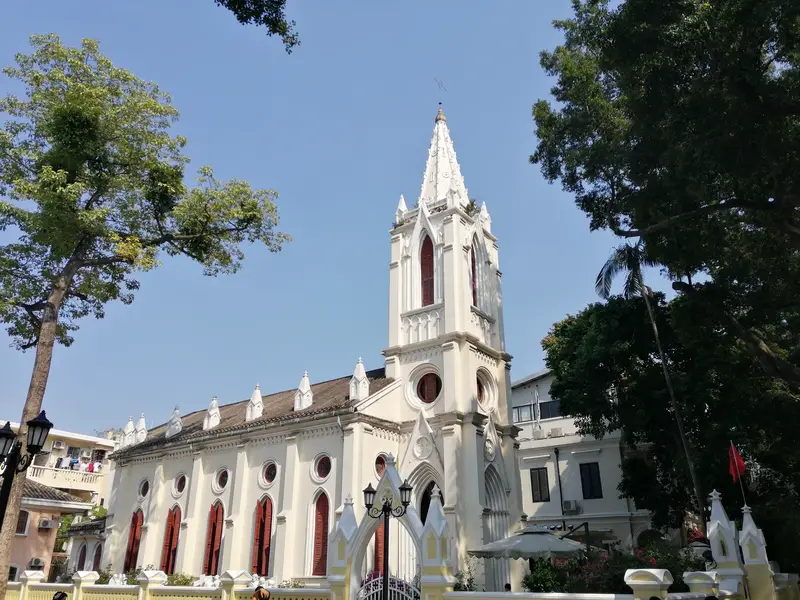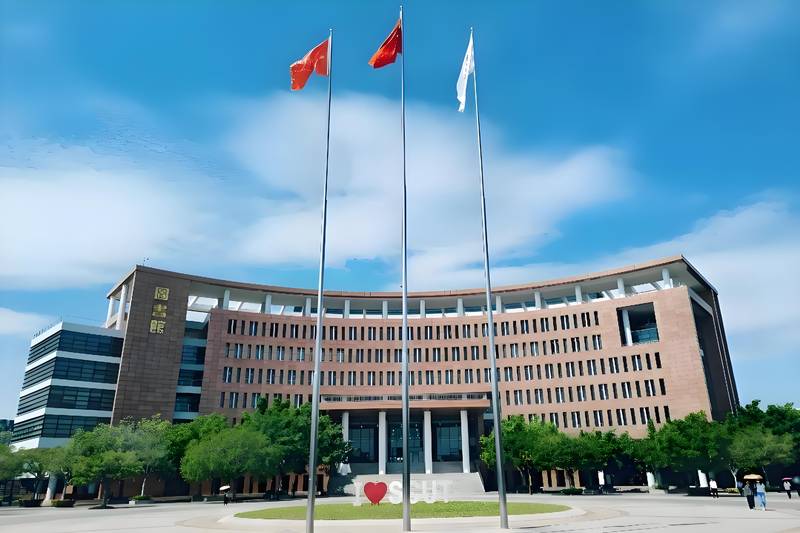The South Sea God Temple in Guangzhou: A Journey Through Time and Culture
Nestled in the heart of Huangpu District, the South Sea God Temple stands as a testament to Guangzhou's rich history and cultural heritage. This ancient temple, with its roots dating back over 1400 years, offers visitors a glimpse into the city's past and the significance it held in ancient trade and maritime exploration.
Location and Accessibility
Situated at No. 22 Xuri Street, Miaotou Village, Shudong Sub-district, Huangpu District, the South Sea God Temple is easily accessible by various modes of transportation. Whether you prefer to drive, take public transit, or even cycle, reaching this historical site is convenient and hassle-free. For those who enjoy exploring on foot, the temple's location within the bustling district provides a perfect opportunity to immerse oneself in the local atmosphere while on the way.
Natural Landscape
While the South Sea God Temple itself is a marvel of architectural prowess, its surroundings also offer a tranquil retreat from the urban hustle and bustle. The temple grounds are adorned with lush greenery, providing a serene backdrop for reflection and contemplation. The natural landscape complements the temple's timeless beauty, creating an atmosphere that invites visitors to pause and appreciate the harmony between nature and human endeavor.
Architectural Marvels
As you approach the temple, the first thing that catches your eye is the grand entrance gate, a three-story structure made of granite stones. The gateway proudly displays the inscription “Sea Not Rough,” symbolizing peace and stability in maritime travel. Stepping inside, you'll be greeted by a series of intricately designed halls and pavilions, each more impressive than the last. These structures showcase the exquisite craftsmanship and attention to detail that went into their creation, making them not just places of worship but also works of art.
One notable feature is the bathing sun pavilion located on a small hillock southwest of the main complex. This pavilion offers panoramic views of the surrounding area and serves as a reminder of the temple's connection to seafaring traditions.
Historical Significance
The South Sea God Temple holds immense historical value as one of the few remaining intact large-scale architectural complexes among ancient Chinese sea temples. It was built in 594 during the Sui Dynasty and has since witnessed centuries of变迁. The temple served as a crucial hub for maritime trade and exploration, particularly in relation to the famous Silk Road. Its existence today is a testament to Guangzhou's role as a major port city throughout history.
Moreover, the temple houses numerous inscriptions from emperors and renowned figures like Yuan Zhen and Su Shi, earning it the nickname “Southern Stelae Forest.” These inscriptions provide valuable insights into China's political, economic, and cultural development over the centuries.
Cultural Experiences
Visiting the South Sea God Temple isn't just about admiring its architecture; it's also an opportunity to engage with the local culture. Throughout the year, especially during festivals dedicated to sea deities, the temple hosts various traditional activities such as dragon dances, lion dances, and folk music performances. These events offer a unique chance for visitors to witness age-old customs and participate in them if desired.
Additionally, the temple organizes educational programs and guided tours led by knowledgeable locals or historians. These sessions delve deeper into the temple's history, significance, and the stories behind its architectural elements. They provide a comprehensive understanding of how this sacred place has shaped Guangzhou's identity over time.
Surrounding Attractions
While visiting the South Sea God Temple, don't miss out on exploring other nearby attractions that enhance your overall experience. Just a short distance away lies the Huangpu Wetland Park, a haven for birdwatchers and nature enthusiasts alike. Here, you can observe diverse flora and fauna while enjoying scenic walks along boardwalks.
Another must-visit is the Guangzhou Museum, which showcases a vast collection of artifacts related to Guangzhou's history and culture. From ancient ceramics to modern artworks, this museum offers a fascinating journey through time.
For those interested in shopping and dining, the nearby Tianhe District boasts an array of options ranging from high-end boutiques to local markets selling traditional handicrafts. You can also indulge in delicious Cantonese cuisine at some of the best restaurants in town.
In conclusion, the South Sea God Temple in Guangzhou is not only a remarkable architectural masterpiece but also a window into China's long-standing maritime history and cultural traditions. Its strategic location within the city allows visitors to explore other attractions seamlessly while experiencing the vibrant local life. Whether you're seeking spiritual enlightenment or simply looking for an enriching cultural experience, this temple promises to leave an indelible impression on your soul.


